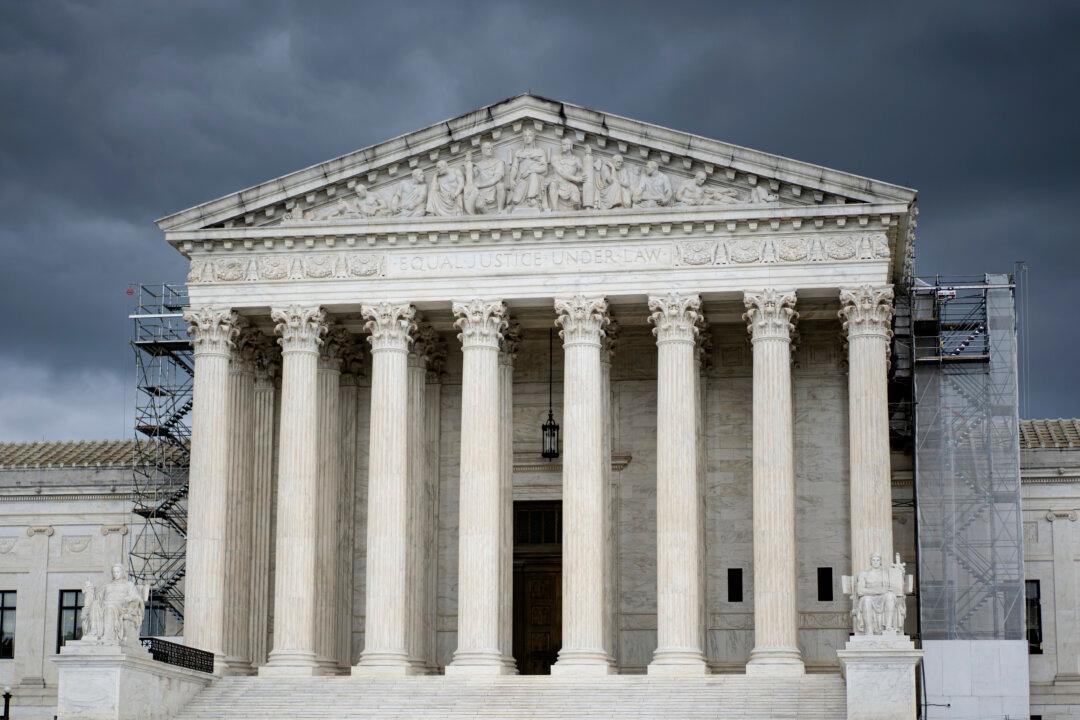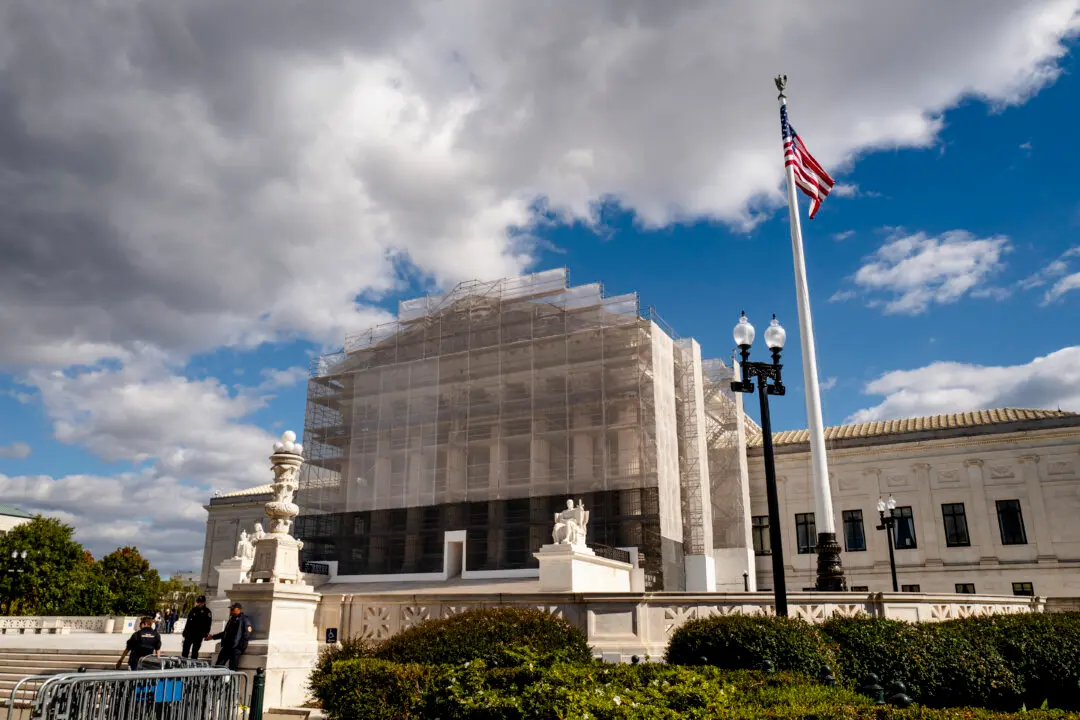Commentary
The first installment in this series summarized John Marshall’s early life and his contributions to the adoption of the Constitution. The second discussed his career up to Jan. 27, 1801, the day the Senate confirmed his appointment to the Supreme Court.





